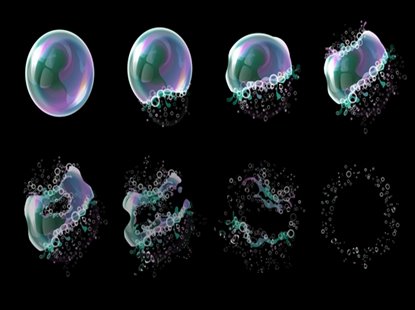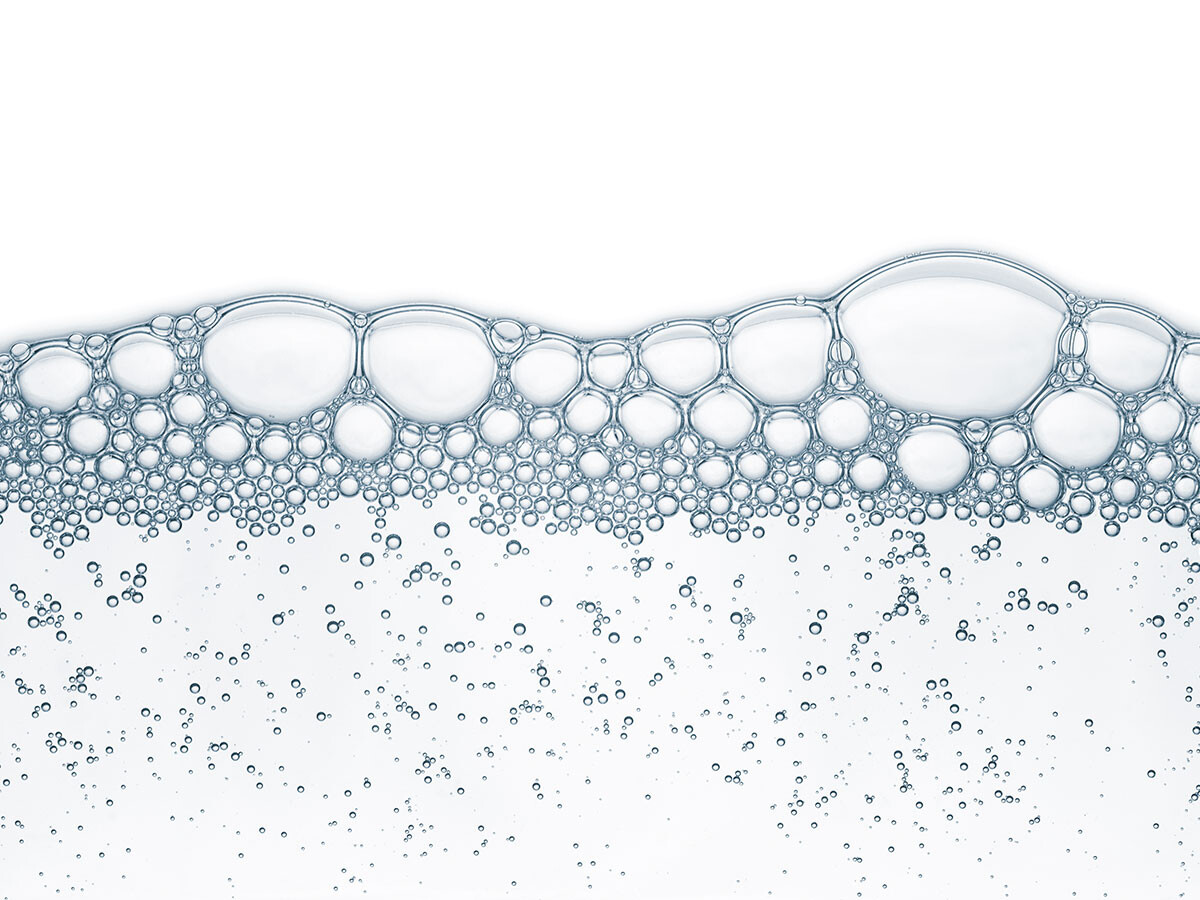Defoamers: Essential Tools for Enhancing Efficiency in Cleaning Products
Defoamers: Essential Tools for Enhancing Efficiency in Cleaning Products
Blog Article
Choosing the Right Defoamer for Your Particular Application Requirements
Choosing the suitable defoamer for details application demands is a nuanced procedure that demands careful consideration of numerous aspects, such as the foam operating, medium, and kind conditions. Comprehending the subtleties of defoamer performance-- including rate and perseverance-- while also making up regulatory and environmental aspects is crucial. In addition, involving in tests and consulting with manufacturers can offer valuable insights. Nevertheless, browsing these complexities can be overwhelming, and the effects of an inadequate choice might be considerable. What techniques can be employed to make sure an ideal choice?
Recognizing Foam Development
Foam formation occurs when gas is trapped within a fluid, developing a stable framework of bubbles. This sensation can dramatically impact different industrial processes, particularly in sectors such as food production, pharmaceuticals, and wastewater therapy. The visibility of foam can prevent mixing, decrease product quality, and even lead to operational inadequacies.
Foam commonly forms due to a mix of aspects, including surface-active agents, frustration, and the qualities of the liquid phase. Surfactants reduced the surface tension of the fluid, facilitating the formation of bubbles that can integrate and support. Anxiety, whether from mechanical stirring or gas intro, boosts bubble formation, bring about raised foam volume.
Recognizing the technicians of foam development is important for industries aiming to maximize their processes. By identifying the specific problems that promote foam generation, organizations can carry out techniques to alleviate its impacts.
Sorts Of Defoamers Available
Numerous kinds of defoamers are readily available to address the difficulties positioned by foam in commercial applications. defoamers. Broadly categorized, defoamers fall under three classifications: silicone-based, non-silicone-based, and natural defoamers
Silicone-based defoamers are renowned for their effectiveness and stability throughout a large range of temperature levels and pH degrees. They are commonly used in applications where solid foam reductions is required, such as in coatings, adhesives, and paints. Their low surface area tension permits for rapid foam collapse.
Non-silicone-based defoamers, frequently made from organic substances, offer a choice for applications conscious silicone deposits. These defoamers can be further separated right into polyether and ester types, each tailored to satisfy details formulation requirements. Non-silicone defoamers are often made use of in food processing and personal care items as a result of their compatibility with various formulations.
Natural defoamers, stemmed from plant or animal resources, are gaining grip because of their environmentally friendly profile. These items are specifically appealing in applications where governing compliance and sustainability are extremely important, such as in agrochemicals and biotechnology.
Selecting the best type of defoamer is critical for optimizing performance and making certain compatibility with specific applications.
Trick Application Factors To Consider
When picking a defoamer, it is important to think about the specific application needs to guarantee optimum performance. defoamers. Different sectors have distinct demands, such as food handling, pharmaceuticals, or wastewater therapy, and each application may call for one-of-a-kind defoaming residential properties
Key variables to evaluate consist of the medium in which the defoamer will be made use of, whether it is water-based, oil-based, or a mix thereof. The temperature level and pH levels of the application can additionally substantially affect the effectiveness of a defoamer. Additionally, compatibility with other chemicals present in the system is essential to stop unfavorable linked here responses that might endanger performance.
An additional essential factor to consider is the lathering actions of the certain system. Comprehending whether the foam develops swiftly or slowly can lead the selection of a defoamer that targets the origin effectively. The wanted rate of defoaming can influence the selection, as some applications need rapid action while others might endure slower defoaming procedures.
Last but not least, governing and ecological factors to consider should not be neglected, especially in markets with strict conformity needs. Selecting a defoamer that aligns with these factors guarantees both efficiency and safety and security in the application.

Performance Screening Methods
Reviewing the efficiency of a defoamer requires a systematic approach to screening that accurately determines its performance in particular applications. Different efficiency screening techniques can be used to ascertain the optimum defoamer for an offered solution.
One usual technique is the bubble examination, which examines the defoamer's ability to minimize foam quantity in time. This examination entails creating a stable foam and after that including the defoamer to observe the price of foam collapse. Another method is the dynamic foam examination, where foam is produced under regulated conditions to replicate real-world application situations. This strategy supplies understandings into exactly how the defoamer carries out under differing shear problems.

Ultimately, selecting the appropriate performance testing technique relies on the click for source particular application and the kind of foam being dealt with. Each method supplies useful information that can direct formulation modifications and enhance the efficiency of the defoamer in practical applications.
Ideal Practices for Option


Following, take into consideration the defoamer's efficiency in terms of rate of activity and determination. A quick-acting defoamer might be essential for procedures where fast foam reductions is crucial, while an extra persistent solution could be needed for prolonged foam control. Additionally, evaluate the ecological effect of the defoamer, including its biodegradability and any type of regulatory conformity needs.
Conduct trials with selected defoamers to establish their effectiveness in real-world problems. By sticking to these best methods, you can improve foam control performance and guarantee the long life of your procedures.
Final Thought
In recap, choosing the proper defoamer requires a detailed analysis of different elements, consisting of foam type, tool, operating conditions, and environmental considerations. Recognizing the distinct characteristics of foam development and the readily available defoamer options is critical. Furthermore, using effective performance screening methods and sticking to best methods throughout the choice procedure will enhance the likelihood of accomplishing optimal defoaming outcomes. Ultimately, a well-informed option technique will address certain application requirements and reduce foaming challenges successfully.
Picking the ideal defoamer for specific application requirements is a nuanced procedure that demands cautious consideration of several elements, such as the foam operating, tool, and type conditions.Picking the best defoamer is vital for achieving optimum efficiency in foam control applications. A quick-acting defoamer might be necessary for procedures where fast foam suppression is critical, while an extra consistent formula could be needed for long term foam control.In recap, choosing the ideal defoamer requires a comprehensive examination of numerous see factors, consisting of foam kind, medium, operating conditions, and ecological factors to consider. Comprehending the special qualities of foam development and the available defoamer options is essential.
Report this page